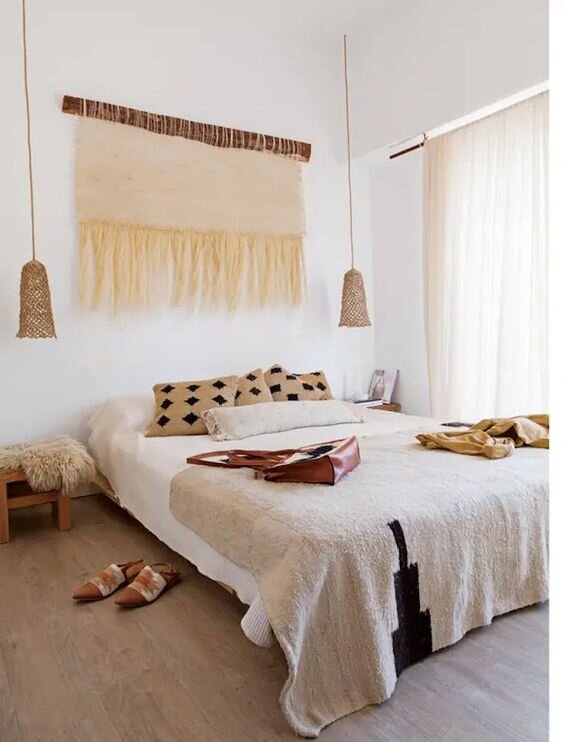Why the Japandi decorating style is great for you and your home
I’m not a fan of the term but I do love the ethos behind the Japandi decorating style. It’s a look that’s been quietly gathering fans for a while now but it’s a style that suits, and benefits, many of us.
What does Japandi mean?
Before we delve into how to create the look, let’s just spend a few moments discovering its roots. ‘Japandi’ is a fusion between Scandinavian (Scandi) minimalism and Japanese aesthetics. Just like the two designs and ethos’ have been entwined, so has their name.

Image sourced via John Lewis
How do these styles fit together?
Scandi chic has been a design influence for many years now and it produces cool, relaxed interiors invoking the Hygge concept of cosiness and warmth. This is typically created using pale timbers, light walls and monochrome schemes set off with warm textiles. Palettes of blues, earthy neutrals, greens and greys epitomise the Scandi look and a respect for natural materials and beautifully crafted pieces shines through.
By contrast the Japanese use deeper colours to create balanced, sophisticated, decorating schemes, featuring dark coloured wood, rattan, cane, stone and bamboo. Strong sculptural lines are softened by floral elements that are typically introduced through embroidered textiles, artful flower arrangements and carefully tended bonsai trees.
What the two design styles have in common is the connection with nature and a respect for the environment. And, when used in tandem the two styles produce serene, uncluttered, welcoming interiors that are good for the soul.
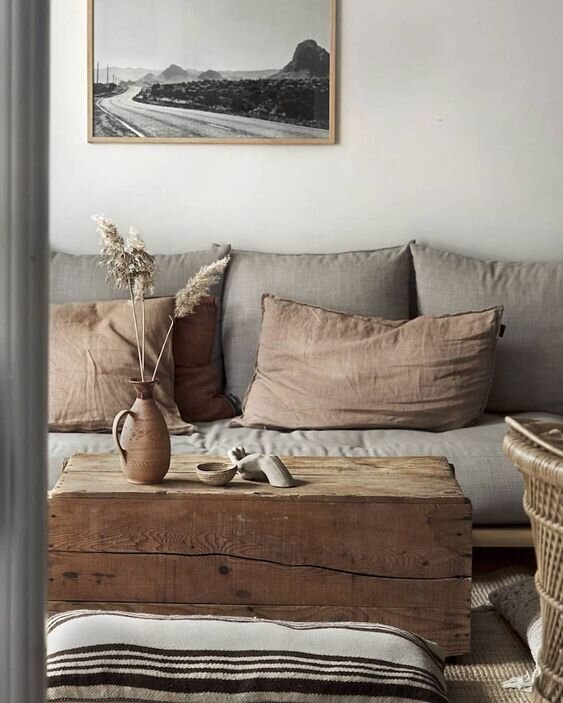

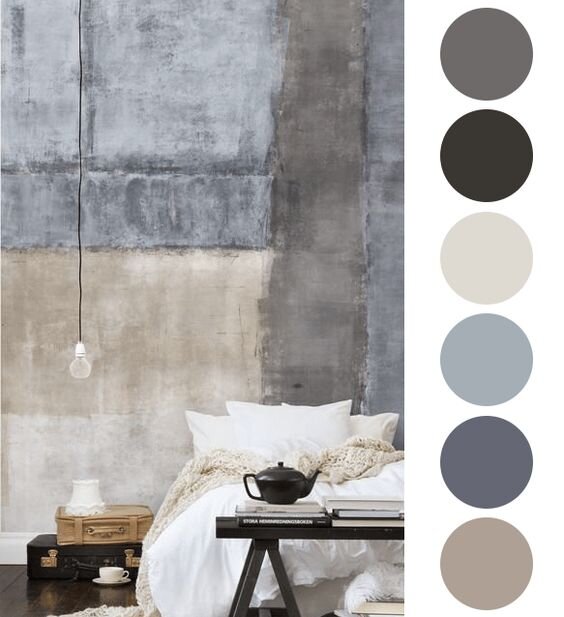

The Japandi decorating style embraces imperfection
Nothing in life is perfect. And our homes certainly shouldn’t be because if they are, they become showhouses where comfort and ease is deemed secondary to looks and practicality. It is my firm believe, however, that it is possible to strike a balance between the two.
Japanese design typically embraces ‘Kanso’, meaning simplicity, and ‘Wabi-Sabi’ meaning transience and imperfection. It’s this acceptance of imperfection and reverence of flawed beauty that sets Japanese design apart from western cultured designs, which are more personality and ego based.
The Japandi decorating style holds firm to those principles and mixes them with Danish concept of Hygge which according to author Meik Wilking is ‘all about an atmosphere and an experience. It’s about being with the people we love. A feeling of home. A feeling of being safe’. I, for one, embrace that wholeheartedly.
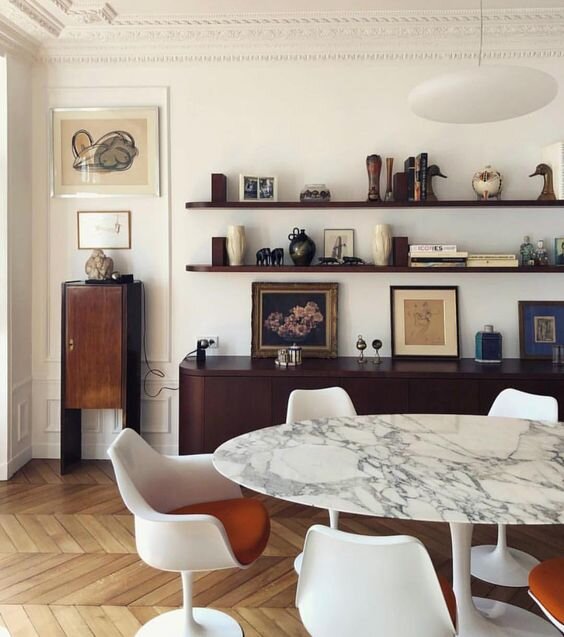
Image sourced from Pinterest - @pierre_lacroix
The Japandi decorating style asks us to choose items with meaning
There is no doubt that order and uncluttered simplicity lies at the heart of every Japanese design but embracing the Japandi decorating style doesn’t mean you have to get rid of everything. You just need to choose, use and display things that have meaning.
Everything you can see must have a purpose – even if it’s just to bring joy. Everything else needs to be hidden from sight to allow you to breathe, keep a clear head and relax.
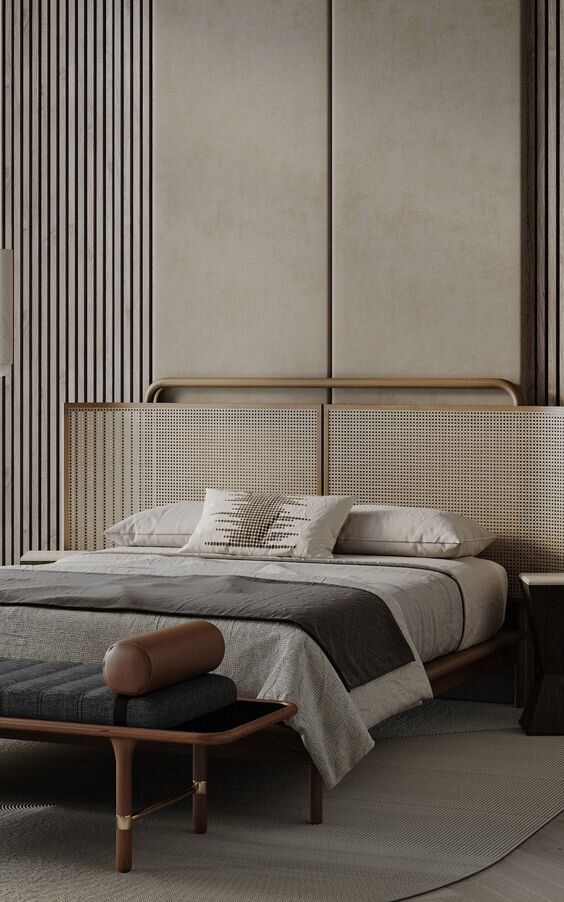
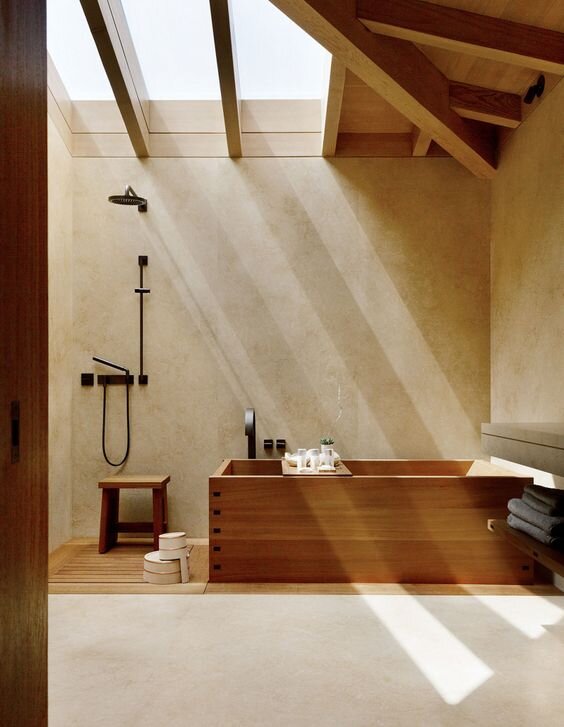


4 ways to bring the Japandi decorating style into your home
Invest in storage
Our homes are packed to the rafters with things we accidentally and intentionally collect over the years. So have a sort out and only keep items that mean something to you. Then, when you know what you need to store, err on the side of caution, it’s always better to have too much storage than too little. Utilise baskets and boxes, built in cupboards and sideboards made from unfinished wood and natural materials to give everything a proper home. It will give you peace of mind to know where everything is and if you’re not constantly distracted by piles of papers or jam-packed cupboards your home, and your heart, will feel lighter.
Consider your layout.
The Japandi decorating style encourages the use of fewer, higher quality, structural pieces of furniture that have longevity. So, take your time and find pieces that you love and sit well together. This style embraces clean lines, geometric shapes and considered furniture placement. Assess your room as a whole, avoid overcrowding and anything fussy and give yourself room to show off your treasures. Simple design doesn’t have to be rigid or dull, it’s the attention to detail that counts.
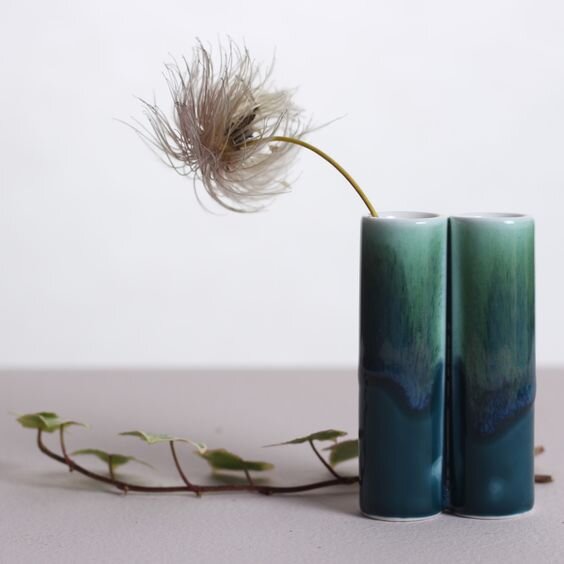



Create connections with your environment
Embrace the seasons and add texture and detail to your scheme with plants and natural materials such as wood, rattan, stone and wool. Don’t worry if you’re not green fingered, there’s an amazing range of faux plants available and dried flower arrangements are ‘on trend’.
Finally, give yourself comfort
However you decide to interpret the Japandi decorating style, remember you’re creating a home and it should be filled with things that bring you joy and comfort. So add cushions to your bed and a throw to your sofa, don’t worry about what others think and create a space that makes you feel calm and relaxed. Very zen like in fact.
If you would like a hand creating the perfect scheme, or just want a second opinion, give me a call on 07773 372 158 or send me an email via nicky@nickypercival.co.uk
Look forward to speaking to you soon, Nicky.
